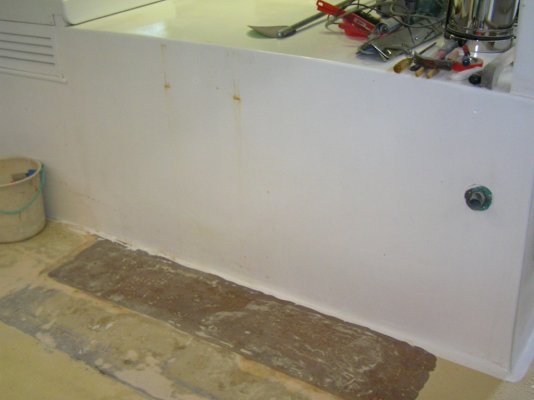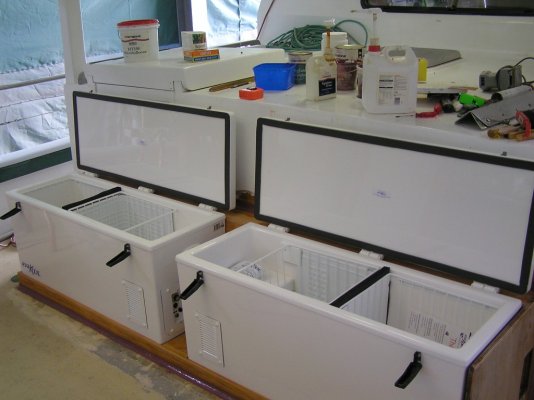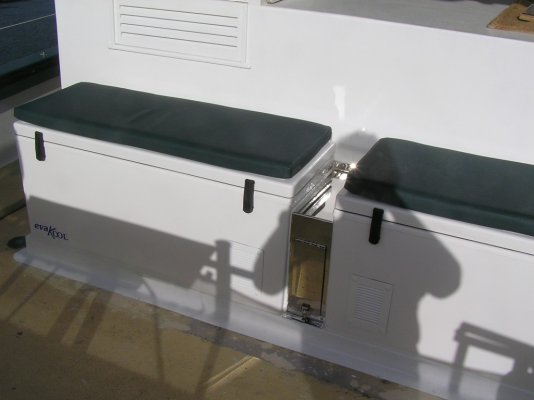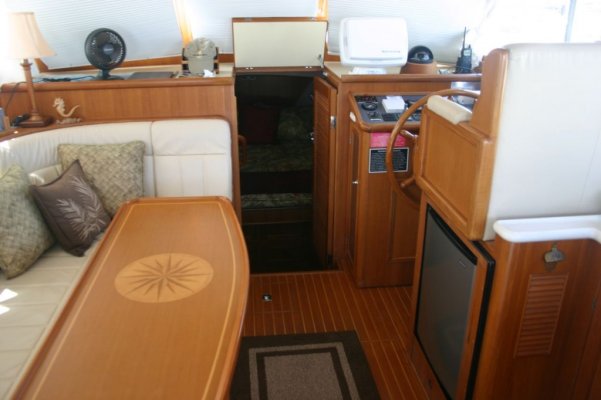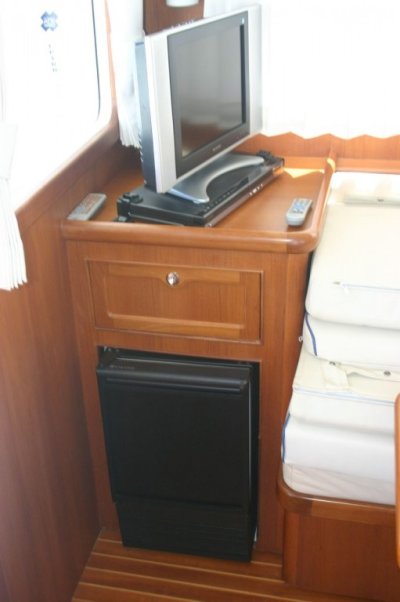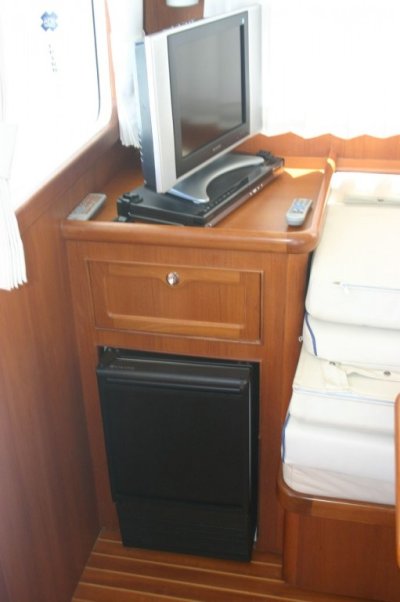We don't have dead batteries because we manage amps in and amps out carefully. Our two fridges and one freezer use 25-30 ah per day at 24V.
In summer, if we are anchored and not going anywhere, the 2 x 80W solar panels pretty well take care the refrigeration (and everything else) and in winter we may need to run the genset once a day for*one hour max.
I can't see the point of having an engine driven system as well as 12/24V. When the engine is running, there is plenty of electricity available to run the refrigeration.
An engine driven compressor is an "open" system which requires considerable maintenance and regassing since it relies on seals at the compressor shaft to keep the gas in. In my experience, and I have owned both types, the engine-driven system is much more likely to fail than the Danfoss 12/24V compressor which*is hermetic - totally sealed.
Isothem have a ASU system which detects when the engine is running (higher voltage) and goes into "supercool" mode so that sort of negates the argument that an engine driven compressor will pull down faster.
All the Danfoss 12/24V compressors and components are available in kit form with evaporator plates to suit many different applications. You can even have brine tanks if you wish, and a choice of air or water cooling - or even a cooling loop fitted to a thruhull. Just build a well-insulated box and choose and fit the approriate components. They are even pre-gassed and snap together.
When on a marina, we simply plug into shore power and use the batterycharger to keep the fridges and freezer running.
Examples of what is available can be found at this website
www.fridgetech.co.nz. but all this stuff is available world wide.
-- Edited by Bendit on Wednesday 26th of May 2010 02:55:30 PM
-- Edited by Bendit on Wednesday 26th of May 2010 03:01:28 PM
-- Edited by Bendit on Wednesday 26th of May 2010 03:02:19 PM
